Are you a slow hiker? Don't worry about it
We explain why there's nothing wrong with being a slow hiker, how a mellow pace has benefits, and some tips for what to do when you only have fast friends on the trail
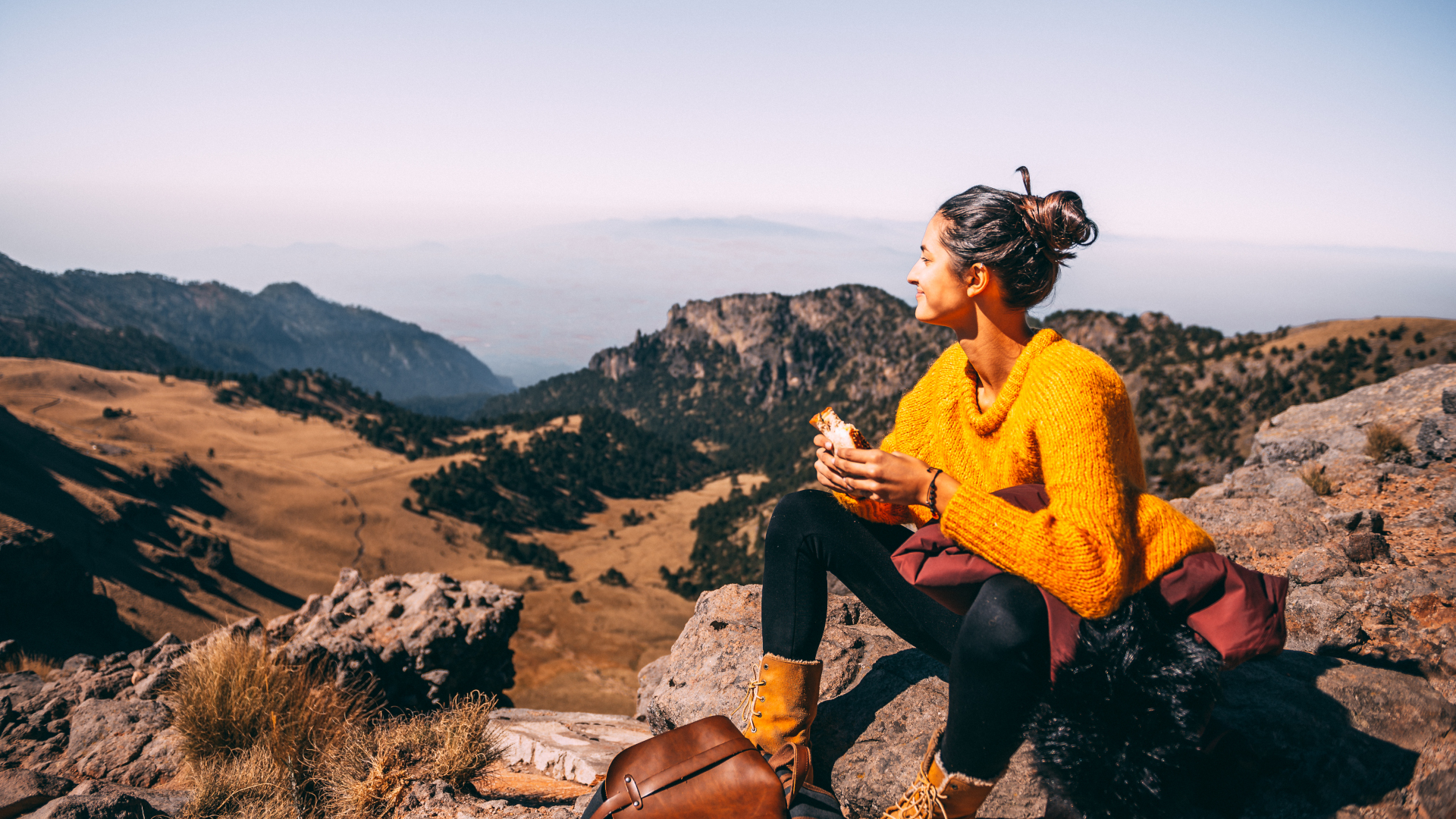
Does it seem like people are getting more and more obsessed with the fastest speed and shortest time on the hiking trail? Maybe it’s the advent of fitness trackers making us all more aware of our stats, or perhaps it’s the current spotlight on the mind-boggling thru-hiking records being set daily, but some days on the trail it feels like everyone is actually running the New York Marathon, only they’re wearing hiking boots and using trekking poles. If you’re a slow hiker, all of this can feel a little dispiriting. Constantly having to step aside to allow faster hikers to pass, or worse, hiking with friends who become dots on the horizon after the first half mile can be tough on your self esteem. But we’re here to say, stop worrying about it.
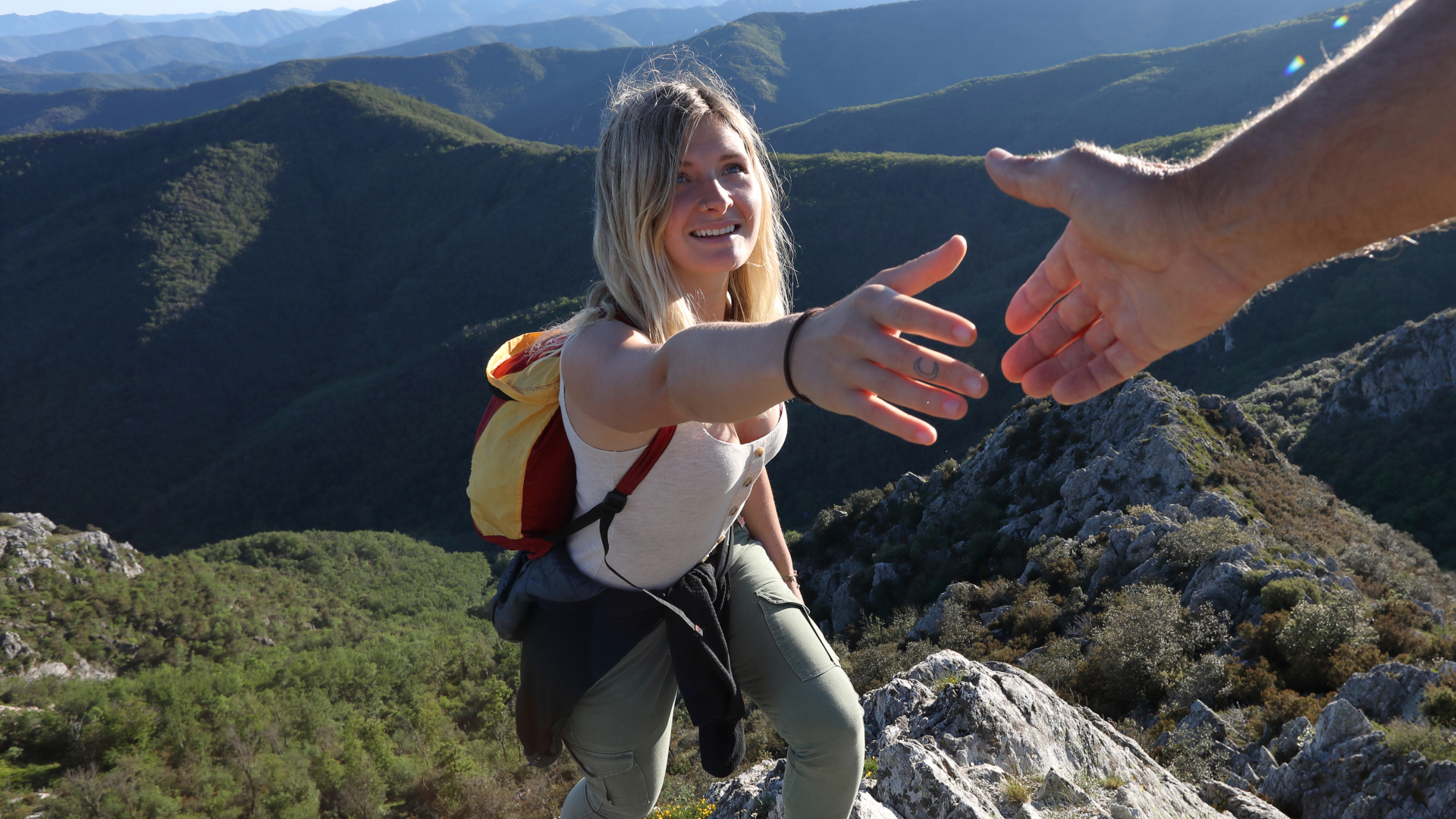
Just like some people are naturally fast hikers, some of us are just slow hikers. There can be lots of reasons for this – fitness, age, body proportions, injury, altitude or even just a natural inclination to taking things slow. But whatever the reason, we’re here to champion you as a slow hiker and urge you to keep getting out there. Here’s why:
1. Hiking isn’t a competition
No matter how serious that guy sporting the best GPS watch might look when he’s power marching up the trail, a look of grim determination on his face, hiking isn’t a competition. Hiking isn’t even a sport. Hiking is an invigorating walk in the countryside that usually involves a bit of adventure, but there’s no finish line or measurable prize for getting to the end first. The only prize is the pleasure of walking itself, which will be greatly enhanced if you do it at a pace comfortable enough to enjoy it.
2. You burn more calories
Fitness fanatics marching up the trail might appear like they’re doing something more healthy than you, with your glacial plod and tomato-red face, but in actual fact, researchers at the University of Colorado Boulder found that slowing down when you’re walking actually burns more calories. As we’ve explained in our article on heart rate zones, zones one and two, which are fairly easy, are great training grounds for weight loss. Weight loss might not be your goal, of course, but you shouldn’t feel that going slowly has less physical benefit.
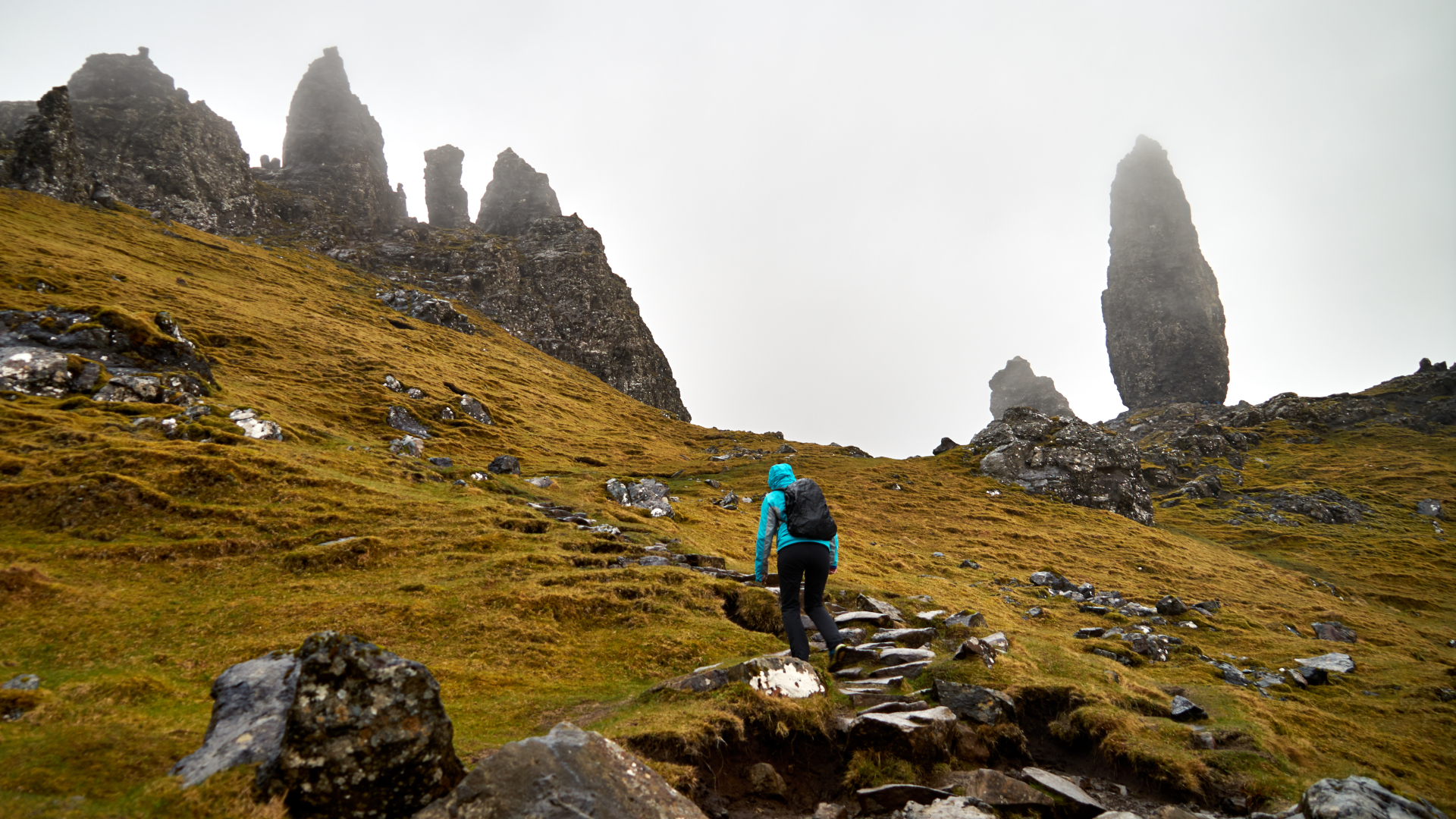
3. Hiking slowly can be more efficient
Here’s the thing – while some people who hike fast seem to be able to sustain that pace for miles, most people go fast enough to get pretty breathless, and take lots of short breaks. Breaks are great for recovery, but a more strategic approach might be to do what you’re already doing – slow down enough that you can breathe (hell, you might even be able to enjoy a conversation) and you'll be able to keep going for longer, without stopping every 20 minutes. With this tactic, the difference in overall time between you and your fast friends might not be as vast as you think.
4. You’re getting the same views
Since you’re all walking along the same trail, you’re not getting any less out of the experience than anyone else. Hiking might have great physical benefits, but it’s largely about spending time in nature, hearing the birds, smelling the wildflowers and taking in those splendid views. You won’t miss any of that at a slower pace and in fact, there’s a good argument to be made that you’re actually getting more out of those aspects of your hike, because you’re not rushing. And that might even mean that you’re getting more of the mental health benefits that come with green exercise, or exercising in nature, though that’s pure speculation.
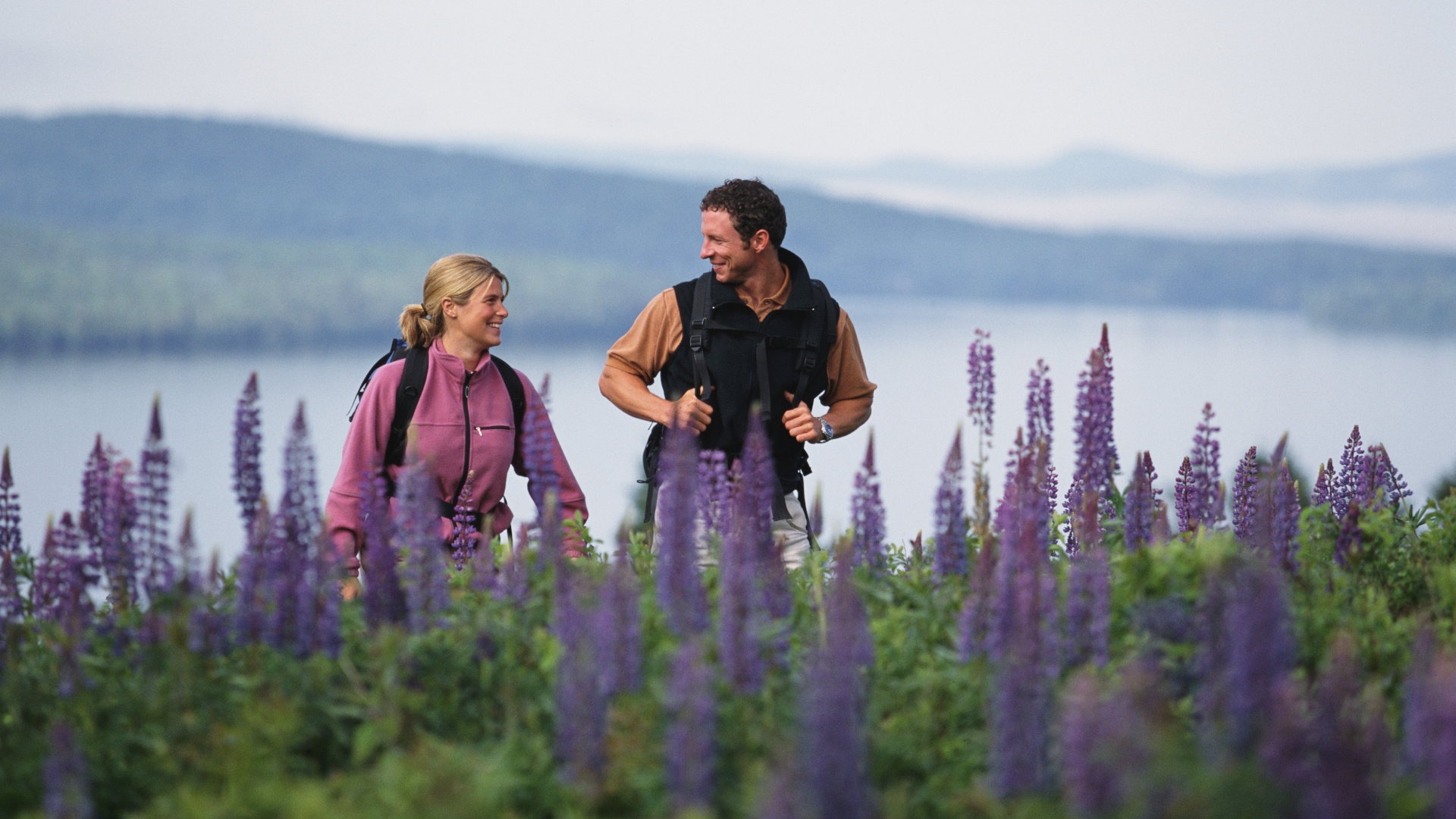
5. Real friends don’t mind waiting
Even if your hiking buddy is up the trail a little, if they've invited you out on a hike, it's because they want to spend time with you. They won’t mind slowing down to enjoy your good company, and they probably don’t mind stopping every so often to allow you to catch up. Though this can feel embarrassing, nine times out of 10 they’re just enjoying the view while you approach. Often, what’s really needed is a change in perspective. Assuming everyone is just doing what they want and need, and are happy about, while making sure to communicate your needs and expectations can go a long way. A friend will accommodate you, and if they’d rather hike fast, you can always find a new hiking partner. More on that next…
Advnture Newsletter
All the latest inspiration, tips and guides to help you plan your next Advnture!
How to have more fun as a slow hiker
Now, you can certainly focus on speeding up by training if that's important to you, but if we've convinced you that there’s actual merit to being a slow hiker, why not instead use these tips to have a better time on the trail?
Find a hiking group
If your current hiking buddies just aren’t willing to slow down or wait, it’s time to find some new friends. Search your area for hiking groups advertising themselves as slow, non-competitive, and inclusive, and join up with them.
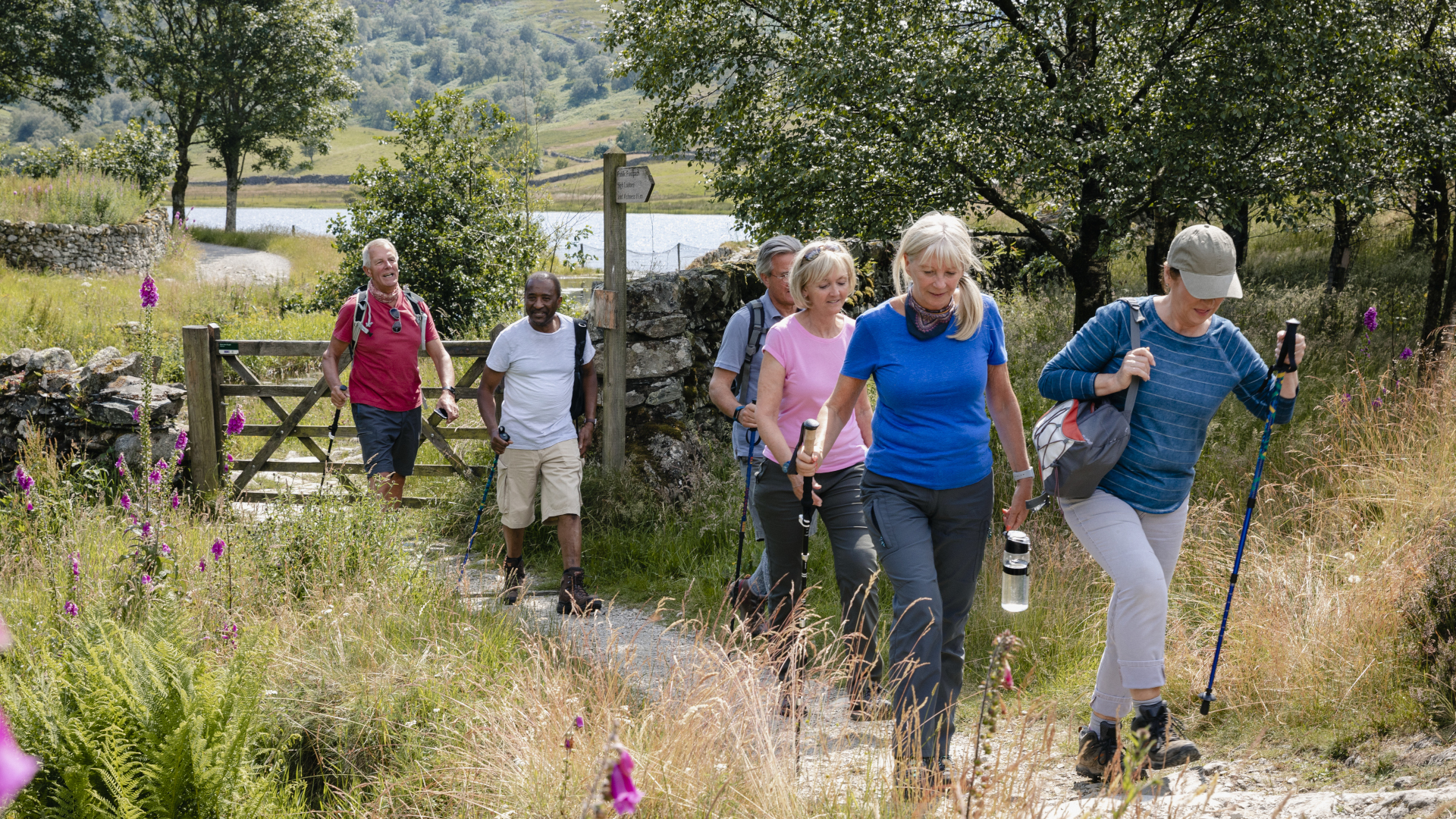
Start a hiking group
Can’t find a slow hiking group in your area? No problem, just start your own. Put a call out on social media for slow hikers and you can almost guarantee you’ll get a response. If you’re feeling this way, there are bound to be others out there who feel the same way, and you only really need to find one other person to get started.
Hike alone
Even though hiking with friends is safer, it’s not required that you do so. Hiking alone can be very meditative and extremely rewarding, and so long as you stick to daylight hours, use popular trails, and tell someone where you’re going, you can feel quite safe on the trails.
Get a fur friend
If you really don’t fancy hiking alone, it’s totally understandable. There’s a lot that can go wrong on a hike, from sprained ankles to wildlife encounters. Lots of people opt to go hiking with a dog for company and safety. You can adopt one tomorrow, but you’ve probably got friends who’d gladly lend you theirs to get it some free exercise and doggy care.
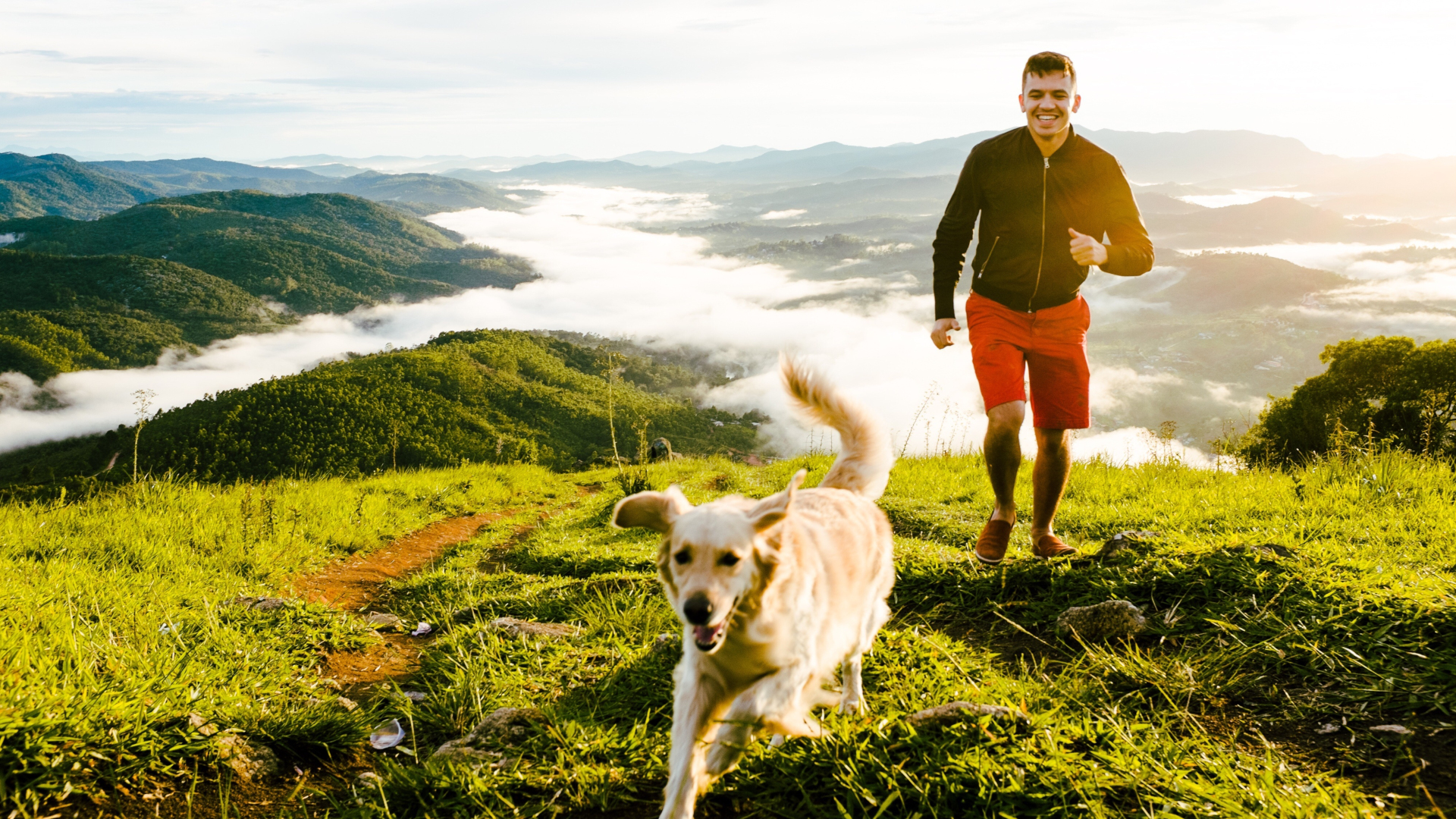
Don’t fixate on the finish
If you are very slow, one of the problems can be getting to the summit before dark, or before those pesky afternoon storms roll in. Here’s another place where you can adjust your attitude and expectations of yourself and essentially hike for time rather than distance or destination. There’s absolutely no shame in turning back before you get to the perceived finish line, and it can be good to pick hikes that don’t have a set destination, such as forest strolls and coastal walks.
Pick shorter hikes
If getting to a lovely viewpoint, summit, or alpine lake really is important to you, another good strategy is to just pick shorter hikes to begin with. A lake that’s two miles or less away can be just as lovely as one that’s six miles in, and more realistic for you.
- Average hiking speed: how to calculate it, and why it's important
Julia Clarke is a staff writer for Advnture.com and the author of the book Restorative Yoga for Beginners. She loves to explore mountains on foot, bike, skis and belay and then recover on the the yoga mat. Julia graduated with a degree in journalism in 2004 and spent eight years working as a radio presenter in Kansas City, Vermont, Boston and New York City before discovering the joys of the Rocky Mountains. She then detoured west to Colorado and enjoyed 11 years teaching yoga in Vail before returning to her hometown of Glasgow, Scotland in 2020 to focus on family and writing.

